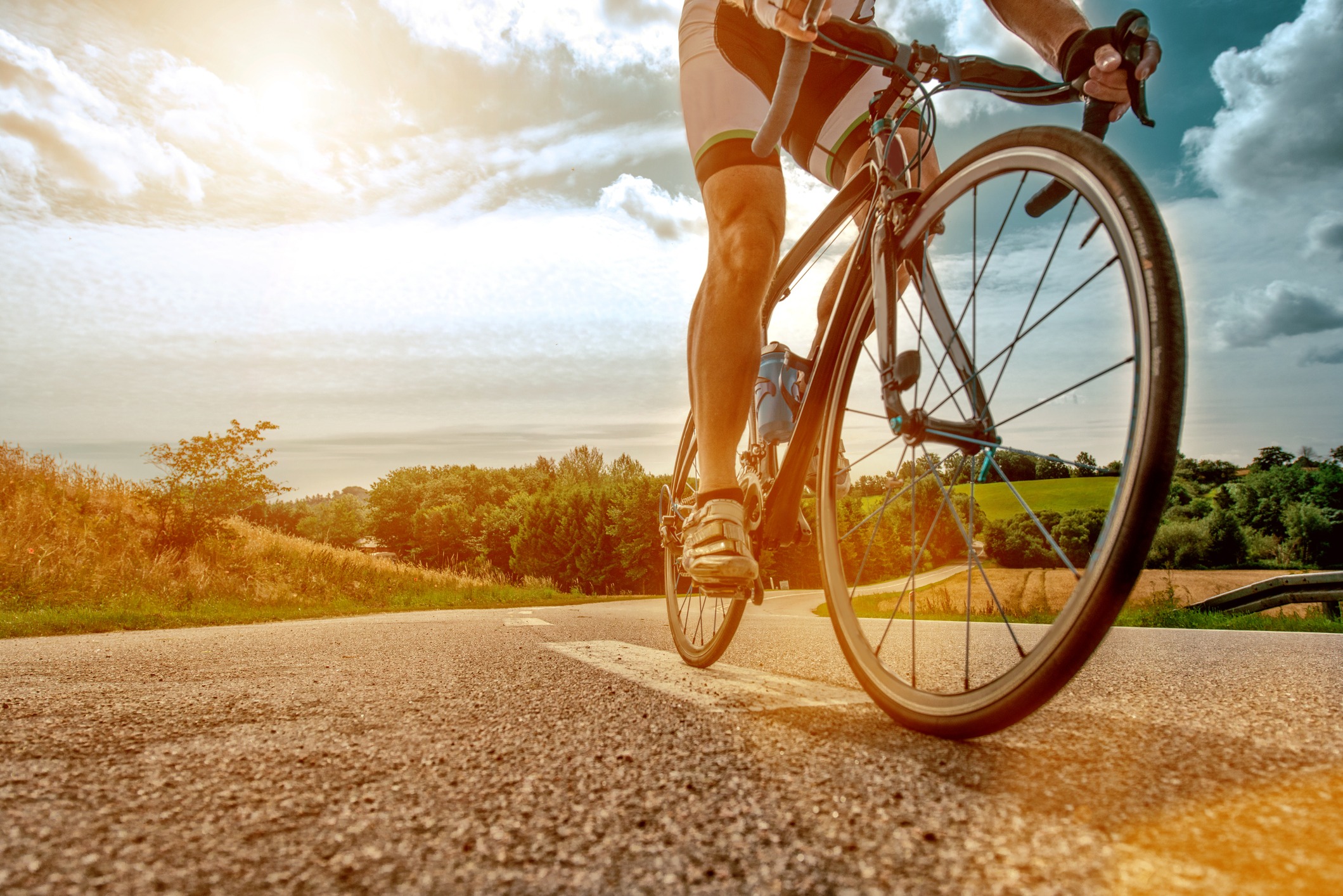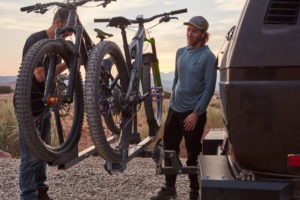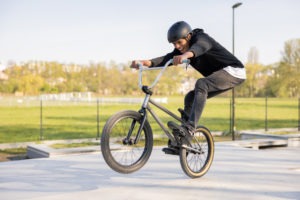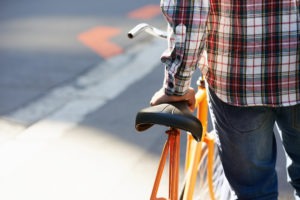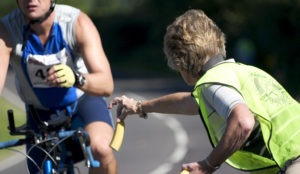Biking is a wonderful activity. It’s one that is low impact, that reduces stress, and that improves cardiovascular health. It also provides a challenging workout to various muscle groups, helping to tone and strengthen them. While the leg muscles are the most obvious examples, other muscle groups also benefit from your time in the saddle. Below are some brief explanations of exactly how your cycling habit benefits various muscle groups.
Learn how to get the best workout on your bike – https://www.the-house.com/portal/how-to-get-the-best-workout-on-your-bike/.
Legs
When you push down on the pedal, your gluteus maximus, quadriceps, foot muscles, and calf muscles work in tandem to power the bike forward, against the resistance of the cassette, chain, road surface, and any wind. The repetitive nature of cycling tones these muscles, and increased resistance—like hill climbing and pedaling in a high gear—can add bulk over the long run. Experts note that pedaling plays to the strengths of the body’s design, which has evolved to push, run, walk, and jump. However, pedaling limits how much the hips and knees extend, impacting your muscles and risk for injury differently.
Your hamstring, shin muscles, and flexor muscles in the hip work to pull each pedal into place for a subsequent push during the recovery phase. But experts note that these muscles’ involvement is limited relative to that of the front group. Some cyclists pull up on the pedal during the lift, but experts some experts advise cyclists not to use this technique.
Upper Body and Core
While you’re pedaling, your arm, back, and cores muscles help to keep you from swaying and to remain attached the bike—positioned over the frame, hands gripping the handlebars, and seated in the saddle or lifted above it. Experts note that cyclists use these muscle groups differently, depending on the kind of riding they’re doing. For example, you’ll use your core, arm, and back muscles much more strenuously when you are climbing hills than when you are riding on a flat surface. Core muscles help keep you balanced while pedaling in a seated position, but not as much as when you are raised from the saddle. Likewise, indoor cycling—whether performed on a trainer or on an exercise bike—doesn’t demand as much of these muscle groups as when you are biking outdoors. That’s because the stationary bike is much more stable than a bike traveling up a hill or down a road.
Additional Training
Having a strong core is crucial to cycling, yet cycling doesn’t train your core as much as it does these other muscle groups. Trainers recommend conducting core workouts to help your cycling progress. And while good cyclists benefit from strength and endurance, they must pedal in the highest gear to develop them. That’s why fitness experts recommend additional training for cyclists. Some of their recommendations include weight training for the legs, but also interval and speed training in the saddle.
Choose the best bike for you – https://www.the-house.com/portal/choose-bike/.
Sources:
https://www.shape.com/fitness/cardio/what-muscles-does-biking-work
https://www.femmecyclist.com/what-muscles-does-biking-work/
https://www.bikeradar.com/advice/fitness-and-training/stop-pulling-up-on-your-pedals/
https://www.bikeradar.com/advice/fitness-and-training/muscles-used-in-cycling/
https://www.livestrong.com/article/104029-muscles-cycling-build/
https://www.livestrong.com/article/15916-which-muscles-used-ride-bike/
